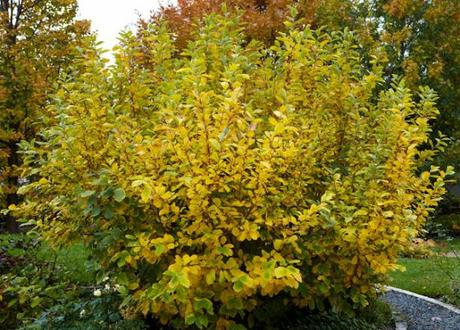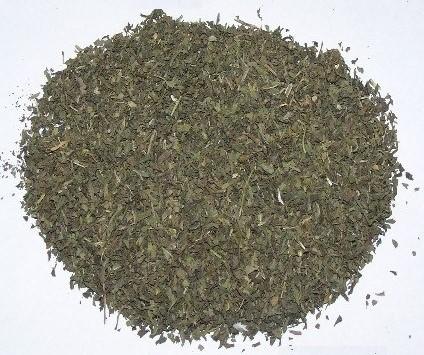
Witch Hazel
Botanical name: HamamelisCommonly known as witch hazel, with its spicy fragrant, spidery flowers in shades of yellow, orange and red, Hamamelis brings color and scent to your garden in winter. Although slow growing, they can eventually become large spreading shrubs or small trees. They look good as specimen plants, particularly under-planted with early bulbs such as snowdrops, winter aconites and crocuses.These spreading deciduous shrubs, ranging from 2.5-5m (8-16ft) in height and spread, produce spider-like, usually yellow (but also orange or red) flowers on the bare branches in late winter. The oval leaves give good autumn colour, turning bright yellow and orange before falling.In manufacturing, witch hazel leaf extract, bark extract, and witch hazel water are used as astringents to tighten the skin. They are also included in some medications to give those products the ability to slow down or stop bleeding. Those medications are used for treating insect bites, stings, teething, haemorrhoids, itching, irritations, and minor pain.
dried extract of witch hazel
Hamamelis virginiana was introduced into English gardens by Peter Collinson, who maintained correspondence with plant hunters in the American colonies in the early 1800s. Much more common is H. mollis, which has bright yellow flowers that bloom in late winter instead of the yellow blossoms of H. virginiana which tend to be lost among the plant's fall foliage. The plant-hunter Charles Maries collected for Veitch Nurseries in the Chinese district of Jiujiang in 1879. It languished in nursery rows for years until it was noticed, propagated, and put on the market in 1902.This is far more interesting to me. The Plant Hunters. Images of Victorian gentlemen hacking their way through jungles to find new and/or rare species. Much like Charles Maries.I can’t find a photo of Maries on a field trip but this image is of a similar type of George Forrest's team with presses full of blotting paper and specimens.
Victorian plant hunters
Maries was born in Hampton Lucy, Warwickshire, the youngest of five sons born to George and Mary Maries, His father was the boot- and shoe-maker for the village, as was his grandfather, Thomas Maries. He was educated at the Hampton Lucy Grammar School, where he learnt about plants from the Reverend George Henslow, who was headmaster between 1861 and 1865. Reverend Henslow went on to become the Royal Horticultural Society's Professor of Botany.The fourth of his brothers, Richard, also had a strong interest in plants and he set up as a florist and nurseryman in Lytham. When their father died in 1869, Charles moved to Lytham to work at Richard's nursery.
Charles Maries
After seven years in Lytham, Charles joined James Veitch & Sons of Chelsea, one of the largest plant nurseries in Britain at that time. In 1876, Veitch chose Charles to go on an expedition to China and Japan to look for plants that might grow well in British gardens but were not yet known in Britain. There he discovered over 500 new species, which Veitch introduced to England. Amongst his finds, several bear his name, including Abies mariesii, Davallia mariesii, Hydrangea macrophylla "Mariesii", Platycodon grandiflorus "Mariesii" and Viburnum plicatum "Mariesii". He later was sent to India and was awarded many honours including election as a Fellow of the Linnean Society in 1887. In 1897 he was one of the first 60 distinguished recipients of the Royal Horticultural Society’s Victoria Medal of Honour (VMH). He died in 1902.This poem by Robert Frost seems appropriate:Reluctance
Out through the fields and the woods
And over the walls I have wended;
I have climbed the hills of view
And looked at the world, and descended;
I have come by the highway home,
And lo, it is ended.
The leaves are all dead on the ground,
Save those that the oak is keeping
To ravel them one by one
And let them go scraping and creeping
Out over the crusted snow,
When others are sleeping.
And the dead leaves lie huddled and still,
No longer blown hither and thither;
The last lone aster is gone;
The flowers of the witch hazel wither;
The heart is still aching to seek,
But the feet question ‘Whither?’
Ah, when to the heart of man
Was it ever less than a treason
To go with the drift of things,
To yield with a grace to reason,
And bow and accept the end
Of a love or a season? Robert FrostThanks for reading, Terry Q. Email ThisBlogThis!Share to TwitterShare to Facebook
